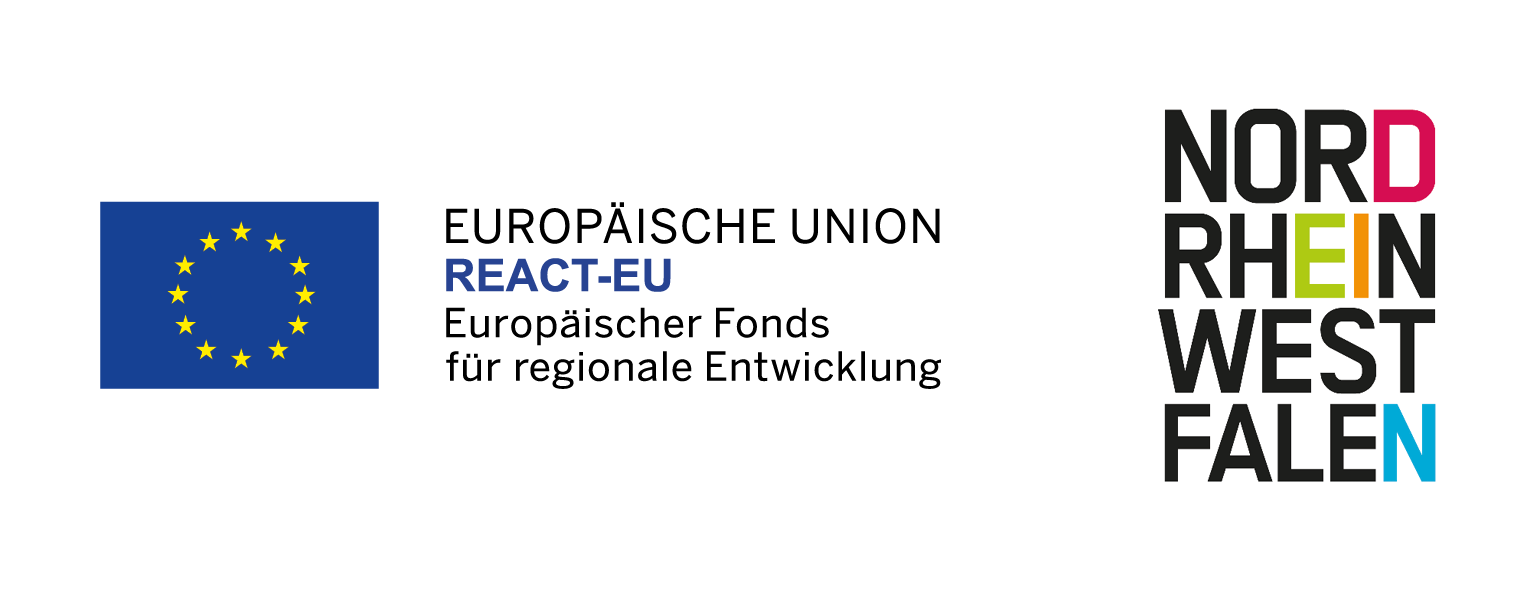
Julia Stoschek Foundation

Julia Stoschek Foundation
The Julia Stoschek Collection brings together world-renowned works of art. We look at six highlights from the collection.
The Julia Stoschek Collection is a one-of-a-kind institution. Established by collector Julia Stoschek and located in Düsseldorf’s Oberkassel district, it represents one of the world’s most important collections of media art. The JSC is open every Sunday, and admission is free. The exhibitions change twice a year, with each one dedicated to a particular theme or individual artist. As preparation for your visit, we have chosen six video works from the JSC Video Lounge that you can watch from the comfort of your own sofa before heading for Oberkassel one Sunday. Simply click on the images to open the videos.
‘Soziale Plastik’ by Lutz Mommartz
We start with a Düsseldorf video. In Lutz Mommartz’s ‘Soziale Plastik’ (Social Sculpture) from 1969, Joseph Beuys stares at you for a whole eleven minutes. Almost ironically, the video starts by telling you that, in 1967, Joseph Beuys took on the challenge of facing the anonymous audience. But it’s impossible to escape the artist’s glaze and he certainly doesn’t seem anonymous. You can even make out that his eyes are watery. Now and then, he swallows as if trying to avoid crying or takes a deep breath. Beuys is dressed in his trademark uniform of a stetson, white shirt and fisherman’s waistcoat. His rather disconnected aura is strengthened by the video’s lack of sound. ‘Soziale Plastik’ has one, almost indiscernible cut halfway through, as film rolls still had to be changed back in those days. Lutz Mommartz, who was self-taught, worked as an administrator for the city of Düsseldorf until 1975 and is today regarded as a visionary of cinematic art. From 1978 to 1999, he was a professor of film at Münster University of Fine Arts Münster.
‘Le Vele di Scampia’ by Tobias Zielony

The vast 1960s residential complex ‘Le Vele di Scampia’ gradually and jerkily comes into view in this piece of the same name by Tobias Zielony. The film was stitched together from 7,000 individual images shot with a digital reflex camera. Designed to be a modern counterpoint to the dilapidated old town in Naples, Le Vele became a hotspot for social problems. The Camorra used the area as a base for its criminal activities. In 2008, the vast blocks of flats attracted fame as the backdrop for Matteo Garrone’s film ‘Gomorra’, named after the novel of the same name by Roberto Saviano. Viewers follow Tobias Zielony from outside the ‘Vele’ to the interior of the maze-like building, where he observes youths, who are the main subject of his artistic oeuvre. Despite the macho poses that they adopt in front of the camera, Zielony always depicts them with respect and takes them seriously in his work.
‘I Was / I Am’ by Barbara Hammer
Barbara Hammer, who died in 2019, was a pioneer of queer and lesbian film. Her 16mm film ‘I Was / I Am’ from 1973 pays homage to the US experimental film-maker Maya Deren, who had a strong influence on Hammer’s early work. In this partly biographical video, the artist transforms herself from an innocent princess in a white dress and tiara to a lesbian warrior in a black leather outfit and armed with a pistol, riding a motorbike. During the 1970s, Hammer was one of the first film-makers to show the realities of life for lesbians and became a pioneer of queer cinema. Her other works in the JSC media library are not to be missed either.
‘Peas’ by Wolfgang Tillmans
Wolfgang Tillmans is an artist of international fame. He was the first non-British artist to win the Tate Gallery’s prestigious Turner Prize. His work ‘Peas’ from 2003 shows an almost three-minute close-up study of peas boiling on the stove. The bubbling water creates an optical illusion as the camera appears to zoom out from the saucepan even though it never actually moves. The focus is on the optical illusion. As the boiling water gradually subsides, the voice of an American TV preacher becomes ever more dominant. "You are never in danger!" he chants. On the one hand, the openly homosexual, HIV-positive Tillmans is pointing out religious bigotry and intolerance. On the other, the voice is suggestive of preacher house, a type of house music, whose culture is artistically explored and chronicled by the German artist.
‘Zezziminnegesang’ by John Bock
The next film takes you to the abstruse and rather unusual world of artist John Bock. ‘Zezziminnegesang’ is a 27-minute journey through his cosmos, switching between smiling, wonderment and disgust. For example, you’ll see him in a messy kitchen forcing open a can of ravioli with a hammer and chisel before having great difficulty in eating the contents of the can using a spoon fixed to an armchair. Later on, the film features a corpse, the German golden oldie ‘Grau zieht der Nebel’ sung by Alexandra and a dialogue between Kim Basinger and Günter Grass. Does it sound off the wall, even a bit creepy? Well, it is! But it’s definitely worth a watch. And, spoiler alert: At the end of this amazing monstrosity, the inner demons are banished in a very Hollywoodesque conclusion.
‘At the House of Mr. X’ by Elizabeth Price
The last of the films is an almost hypnotic work by Elizabeth Price. ‘At the House of Mr. X’ (2007) shows a modernistic house constructed in the late 1960s in a well-to-do London suburb. It was built as a home on behalf of Stanley Picker, who ran a cosmetics business and collected art. However, he only lived there briefly. The video is a slow tour of the building, taking in the entrance, hall, dining room, lounge and, later on, the bedroom. The artworks exhibited throughout the house provide us with the only glimpses of human figures. Snippets of text appear on screen to accompany the tour of this architectural gem. The information is drawn from various archives in the house and includes details of the architecture, curatorial notes on the works and design objects, plus a collection of business papers including advertisements for the well-known cosmetics brands Mary Quant, Miners and Outdoor Girl.
This article is supported by REACT-EU.
Images: Julia Stoschek Foundation






